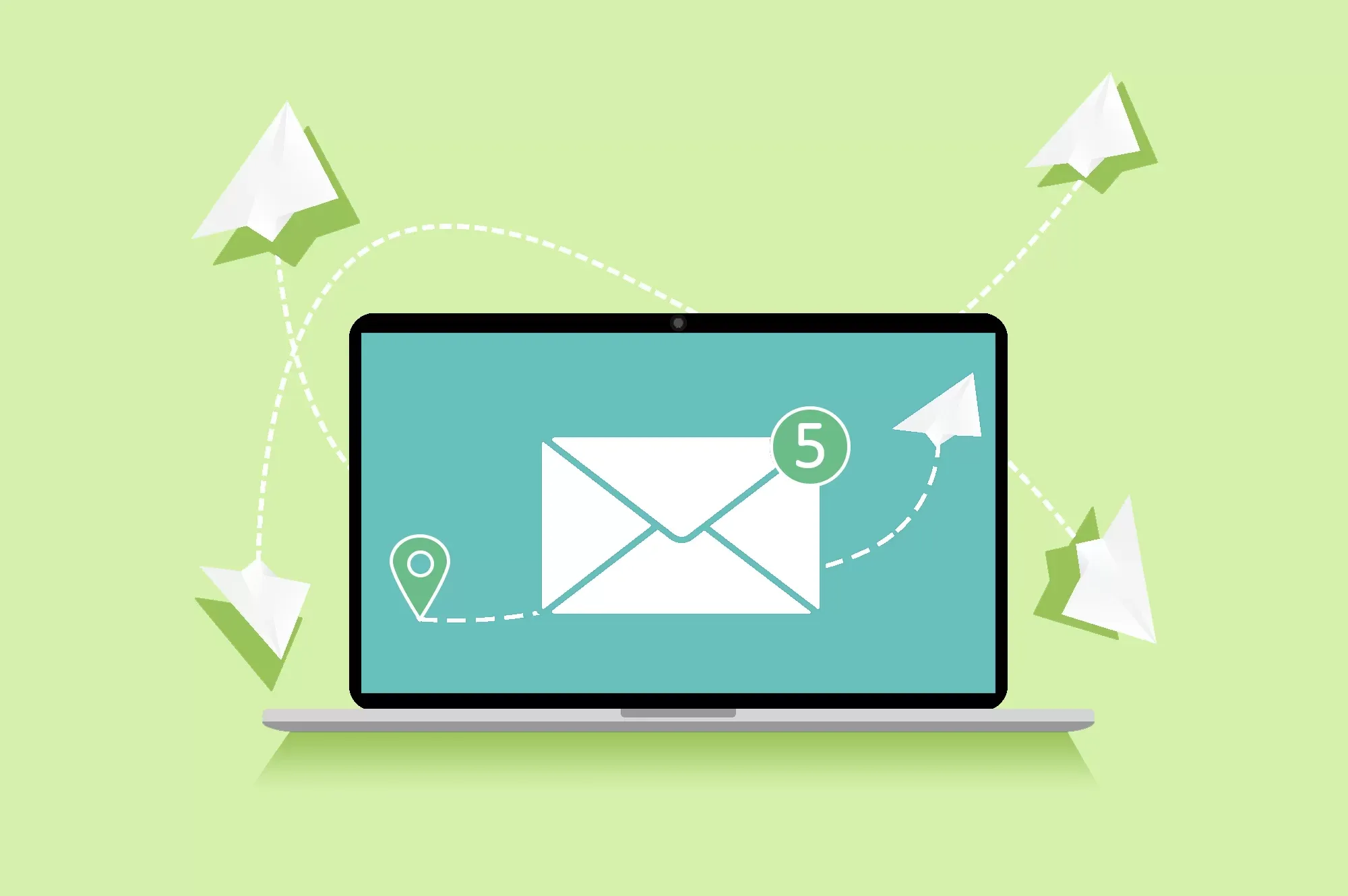Email communication plays a vital role in modern business and personal interactions. However, sometimes emails fail to reach their intended recipients, resulting in email bounces. Understanding the causes of email bounces and learning how to handle them effectively is crucial for maintaining successful email deliverability. In this comprehensive guide, we will dive into the world of email bounces, explore the differences between hard bounces and soft bounces, discuss common causes, and provide best practices to optimize your email communication.
Unveiling the Mystery Behind Email Bounces

When an email "bounces," it means that the email was not delivered to the recipient's inbox and was returned to the sender. Email bounces can occur due to various reasons, such as invalid email addresses, technical issues, spam filters, or recipient mail server restrictions. By understanding the types of bounces and their underlying causes, you can take appropriate actions to improve your email deliverability.
Hard Bounces: Unrecoverable Delivery Failures
Hard bounces occur when an email cannot be delivered to the recipient's mailbox due to permanent issues. Common reasons for hard bounces include:
- Invalid Email Addresses: When the recipient's email address is incorrect, misspelled, or no longer exists, the email will bounce back as a hard bounce. It is crucial to regularly clean and update your email lists to minimize hard bounces caused by invalid addresses.
- Domain or Email Server Issues: If the recipient's domain or email server is experiencing technical problems or has ceased to exist, the email will bounce as a hard bounce. In such cases, reaching out to the recipient through alternative means or updating their contact information is necessary.
- Recipient Mailbox Full: When the recipient's mailbox has reached its storage limit, incoming emails will bounce back as hard bounces. In this situation, the recipient needs to free up space in their mailbox to receive new emails.
Soft Bounces: Temporary Delivery Issues
Soft bounces are temporary delivery failures caused by temporary issues on the recipient's end or technical problems during email transmission. Common causes of soft bounces include:
- Mailbox Quota Exceeded: Similar to hard bounces, soft bounces can occur when the recipient's mailbox is near its storage limit. However, unlike hard bounces, soft bounces indicate a temporary issue that may resolve once the recipient frees up space in their mailbox.
- Temporary Server Issues: If the recipient's email server is experiencing temporary technical problems, such as being down for maintenance or overloaded, emails may bounce back as soft bounces. These issues usually resolve themselves, and the email can be delivered successfully on subsequent attempts.
- Content Filtering and Spam Detection: Sometimes, emails may bounce due to content filtering or strict spam detection mechanisms employed by the recipient's email provider. It is important to review your email content and ensure it complies with anti-spam guidelines to minimize the chances of soft bounces caused by spam filters.
Handling Email Bounces: Best Practices and Solutions

Effectively managing email bounces is crucial for maintaining a healthy sender reputation and optimizing email deliverability. Here are some best practices and solutions for handling email bounces:
- Maintain a Clean Email List: Regularly clean and update your email list to remove invalid or inactive email addresses. Use email validation tools or services to verify the validity of email addresses before sending out campaigns. By doing so, you can minimize the occurrence of hard bounces caused by invalid addresses.
- Implement Double Opt-In: Utilize a double opt-in process where subscribers confirm their email addresses after signing up. This helps ensure that the email addresses in your list are valid and reduces the chances of hard bounces caused by typos or intentional invalid submissions.
- Monitor Bounce Rates: Keep a close eye on your email bounce rates. High bounce rates can indicate underlying issues with your email list quality or content. Regularly analyze bounce reports and take necessary actions to rectify the causes of bounces.
- Segment Your Email List: Segmenting your email list based on user preferences, engagement levels, or demographics allows you to send targeted and relevant content. By delivering personalized emails to engaged recipients, you can reduce the likelihood of soft bounces caused by disinterest or unengaging content.
- Follow Email Best Practices: Adhere to best practices for email content, including avoiding excessive use of spam trigger words, maintaining a healthy text-to-image ratio, and providing clear unsubscribe options. By following these guidelines, you can minimize the chances of triggering spam filters and reduce the occurrence of soft bounces.

Frequently Asked Questions (FAQs)
Q1: How can I reduce email bounces?
To reduce email bounces, ensure that you maintain a clean email list by regularly updating and validating email addresses. Implement a double opt-in process, monitor bounce rates, segment your email list, and follow email best practices.
Q2: What should I do when an email bounces?
When an email bounces, review the bounce report to determine the reason for the bounce. For hard bounces caused by invalid email addresses, remove them from your list. For soft bounces, monitor the situation and consider re-sending the email later.
Q3: How can I prevent emails from going to the spam folder?
To prevent emails from being marked as spam, follow email best practices such as avoiding spam trigger words, providing valuable and relevant content, and maintaining a healthy sender reputation. Regularly monitor spam reports and make necessary adjustments to your email strategy.
Conclusion
Understanding email bounces is crucial for maintaining optimal email deliverability and successful communication. By differentiating between hard bounces and soft bounces, identifying their causes, and implementing best practices to handle them effectively, you can improve your email deliverability rates and ensure your messages reach the intended recipients. By following the guidelines outlined in this comprehensive guide, you can navigate the intricacies of email bounces and optimize your email communication for maximum impact.



